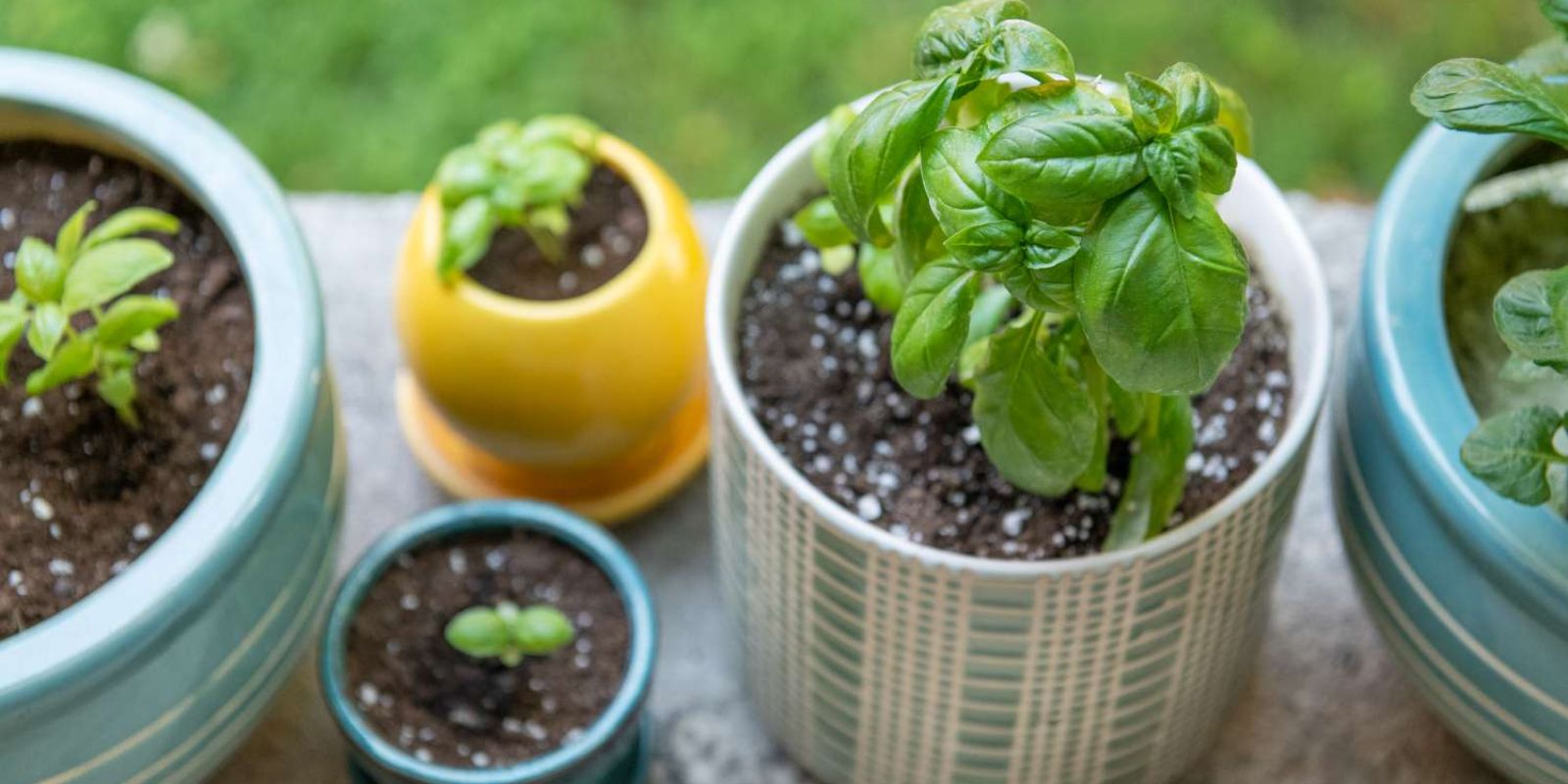Growing basil indoors is a rewarding and practical way to enjoy fresh, aromatic herbs throughout the year. Whether you’re a seasoned gardener or just starting out, cultivating basil in your home can enhance your culinary creations and bring a touch of greenery to your living space. This comprehensive guide will walk you through everything you need to know to grow healthy, thriving basil indoors, including choosing the right container, soil, lighting, and maintenance tips.
Why Grow Basil Indoors?
Basil is a versatile herb widely used in various cuisines, especially Italian dishes like pesto, pasta, and pizza. Growing basil indoors offers several advantages:
- Year-Round Freshness: Indoor basil provides a constant supply of fresh leaves, regardless of the season.
- Convenience: Having basil readily available in your kitchen eliminates trips to the store.
- Aesthetic Appeal: Basil plants add a touch of greenery and vibrancy to your indoor space.
- Cost-Effective: Growing your own basil reduces the cost of buying fresh herbs and ensures you have them when needed.
Steps to Grow Basil Indoors
1. Choose the Right Container
Selecting the appropriate container is crucial for successful indoor basil cultivation. Here’s what to consider:
- Size: Choose a pot that is at least 6-8 inches in diameter. This provides enough space for the basil’s root system to develop.
- Drainage: Ensure the pot has drainage holes at the bottom to prevent water from accumulating and causing root rot. You can also add a layer of gravel or broken pottery pieces at the bottom of the pot to improve drainage.
2. Use Quality Potting Mix
A well-draining, nutrient-rich potting mix is essential for basil’s growth:
- Potting Mix: Use a high-quality potting mix designed for indoor plants. Avoid using garden soil, which can be too heavy and may contain pests or diseases.
- Soil Additives: Consider adding perlite or vermiculite to the potting mix to improve aeration and drainage.
3. Plant the Basil Seeds or Seedlings
You can start basil from seeds or purchase seedlings from a nursery:
- Seeds: Sow basil seeds about 1/4 inch deep in the soil. Space the seeds evenly to avoid overcrowding.
- Seedlings: If using seedlings, transplant them into the pot. Space seedlings about 6-8 inches apart to allow for adequate growth.
Planting Tip: For a continuous supply of basil, consider planting multiple pots at different times.
4. Provide Adequate Light
Basil requires plenty of light to thrive:
- Natural Light: Place your basil pot in a sunny location where it can receive 6-8 hours of bright, indirect sunlight daily. South-facing windows are ideal.
- Grow Lights: If natural light is insufficient, use a grow light. Position the light 6-12 inches above the basil and keep it on for 12-14 hours a day.
Lighting Tip: Rotate the pot occasionally to ensure even light exposure on all sides of the plant.
5. Maintain Proper Moisture
Proper watering is essential for basil’s health:
- Watering: Keep the soil consistently moist but not soggy. Water when the top inch of soil feels dry.
- Drainage: Avoid letting the plant sit in standing water, which can lead to root rot. Ensure excess water can drain freely from the pot.
Watering Tip: Use room-temperature water to avoid shocking the plant.
6. Fertilize Monthly
Regular feeding helps basil grow strong and lush:
- Fertilizer: Use a balanced liquid fertilizer, such as a 10-10-10 formula, once a month. Follow the manufacturer’s instructions for application rates.
- Application: Apply the fertilizer directly to the soil, avoiding contact with the leaves.
Fertilizing Tip: Reduce or stop fertilizing during the winter months when basil’s growth slows down.
7. Prune Regularly
Pruning encourages healthy growth and prevents the basil plant from becoming leggy:
- Pinching: Pinch off the top leaves and flower buds regularly to promote bushier growth. Removing the flowers (bolting) ensures the plant’s energy goes into producing leaves.
- Removing Damaged Leaves: Regularly check for and remove any yellow or damaged leaves to maintain plant health.
Pruning Tip: Use clean, sharp scissors or pruning shears to make precise cuts and minimize damage.
Troubleshooting Common Issues
Even with careful attention, you might encounter some issues with indoor basil:
1. Pests: Indoor basil can attract pests like aphids or spider mites. Inspect your plants regularly and use insecticidal soap or neem oil to treat infestations.
2. Diseases: Basil can be susceptible to fungal diseases, especially in overly moist conditions. Ensure good air circulation and avoid overhead watering to minimize disease risk.
3. Leggy Growth: If your basil plant becomes leggy, it may be due to insufficient light. Adjust the light source to provide more exposure or move the plant to a brighter location.
Harvesting and Using Basil
Harvesting basil is easy and ensures you get the freshest leaves:
- When to Harvest: Start harvesting when the plant has at least 6-8 leaves. Regular harvesting encourages more growth and prevents the plant from becoming too woody.
- How to Harvest: Use clean scissors or pruning shears to cut the leaves. Avoid removing more than one-third of the plant at a time to ensure continued growth.
Using Basil:
Fresh basil is perfect for a variety of dishes, including:
- Pesto: Blend basil leaves with garlic, pine nuts, Parmesan cheese, and olive oil for a delicious sauce.
- Salads: Add fresh basil leaves to salads for a burst of flavor.
- Cooking: Use basil in soups, stews, and pasta dishes to enhance taste.
Conclusion
Growing basil indoors is a rewarding and enjoyable way to have fresh, flavorful herbs at your fingertips year-round. By choosing the right container, soil, light, and maintenance techniques, you can cultivate a thriving basil plant that enhances your meals and brightens your indoor space. With the tips and tricks outlined in this guide, you’re well on your way to becoming an indoor basil expert.
Embrace the joy of indoor gardening and savor the benefits of homegrown basil—your culinary creations will thank you!

